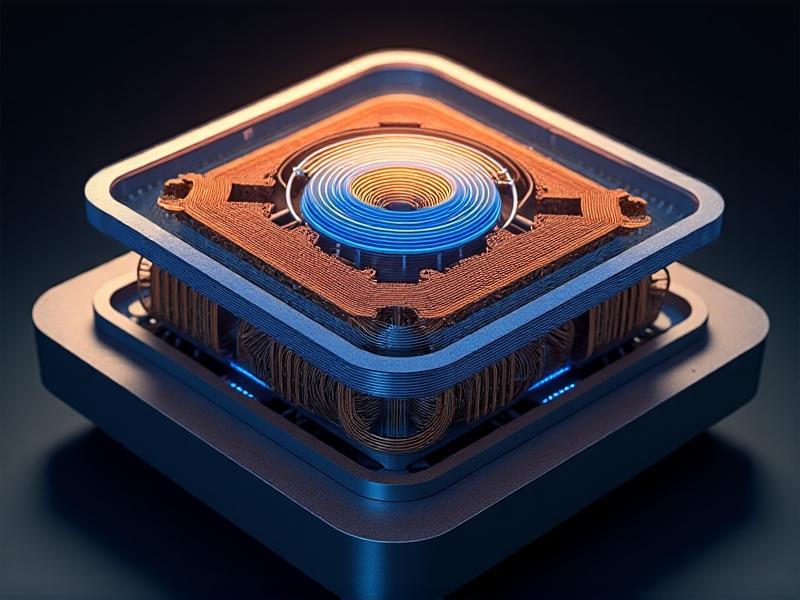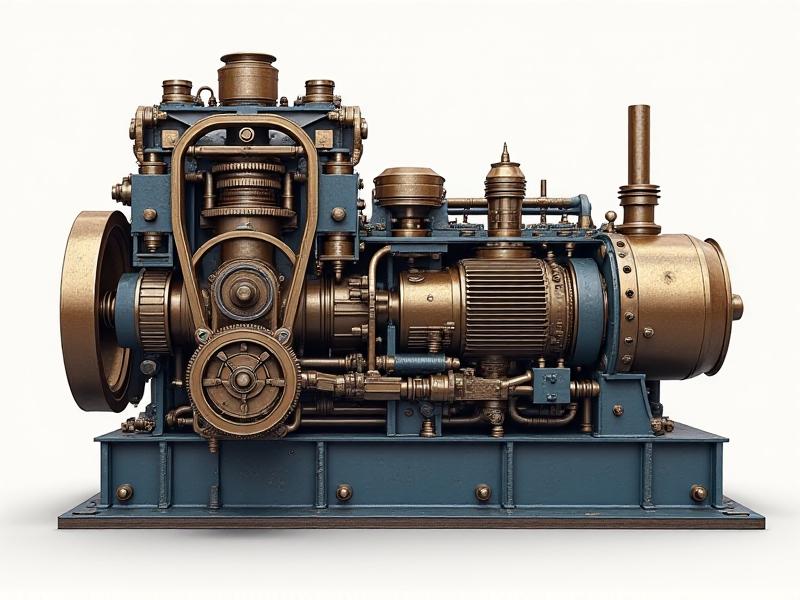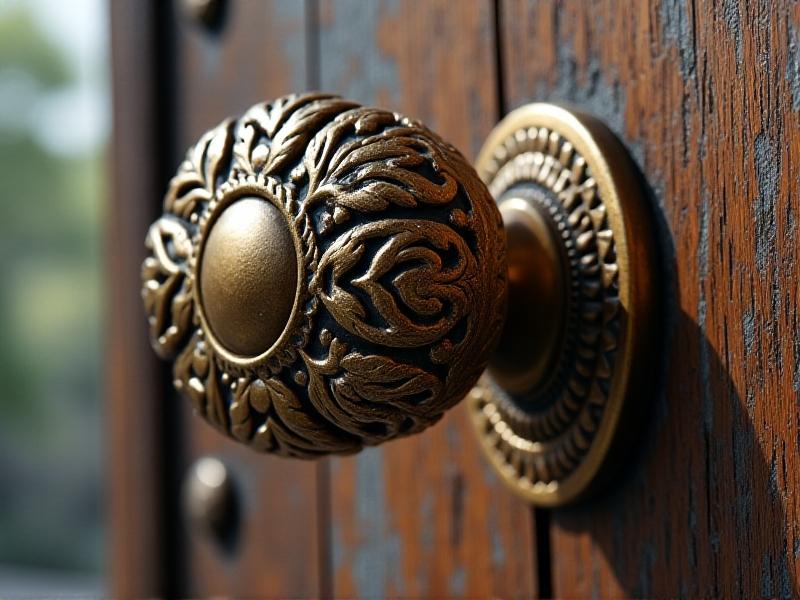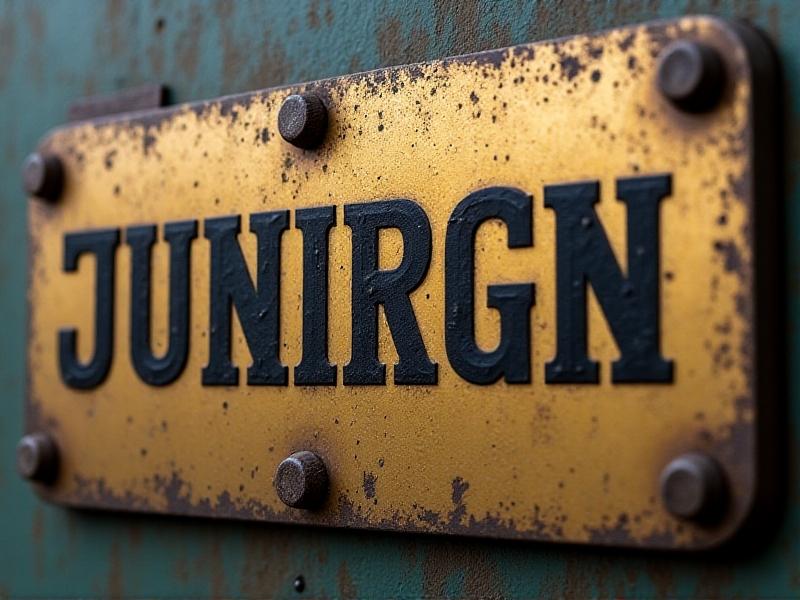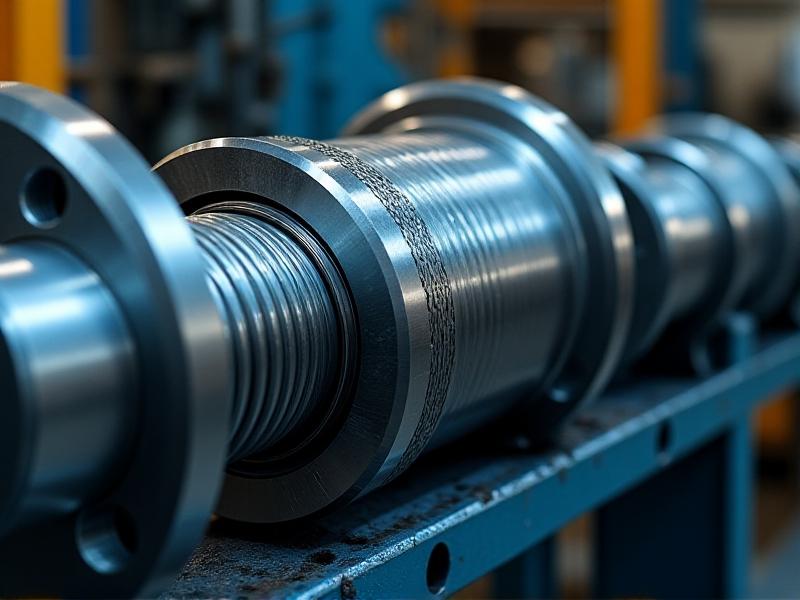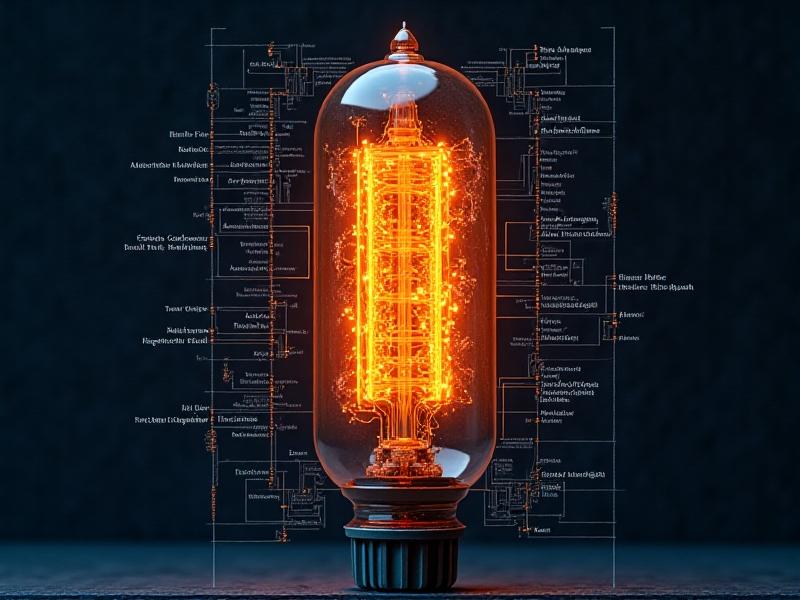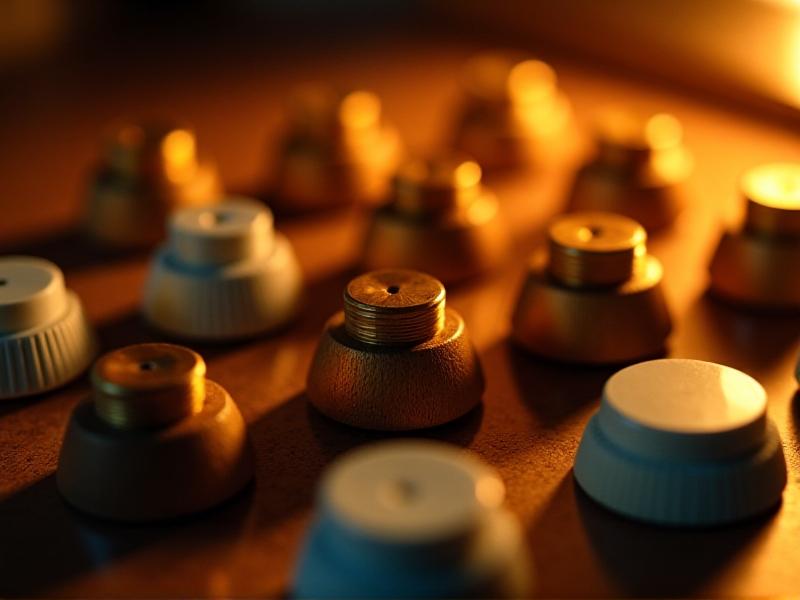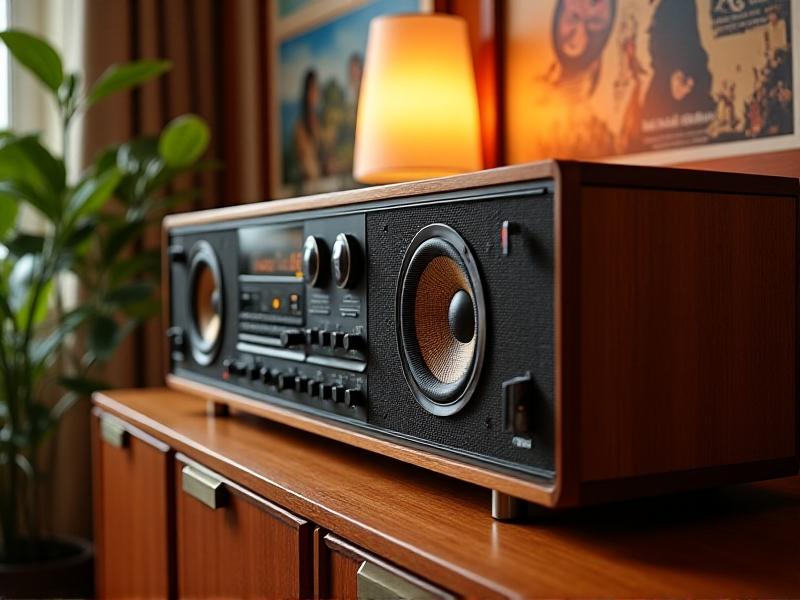Vintage Tube Tester Modern Adaptations
Vintage Tube Testers: Bridging Analog History and Digital Innovation
In an era dominated by sleek digital interfaces and disposable tech, vintage tube testers stand as relics of a bygone analog age. Yet these clunky devices, once essential for maintaining vacuum tubes in radios, amplifiers, and televisions, are experiencing a quiet renaissance. Modern engineers, audiophiles, and retro-tech enthusiasts are reimagining these tools for contemporary use—melding nostalgic craftsmanship with cutting-edge technology.
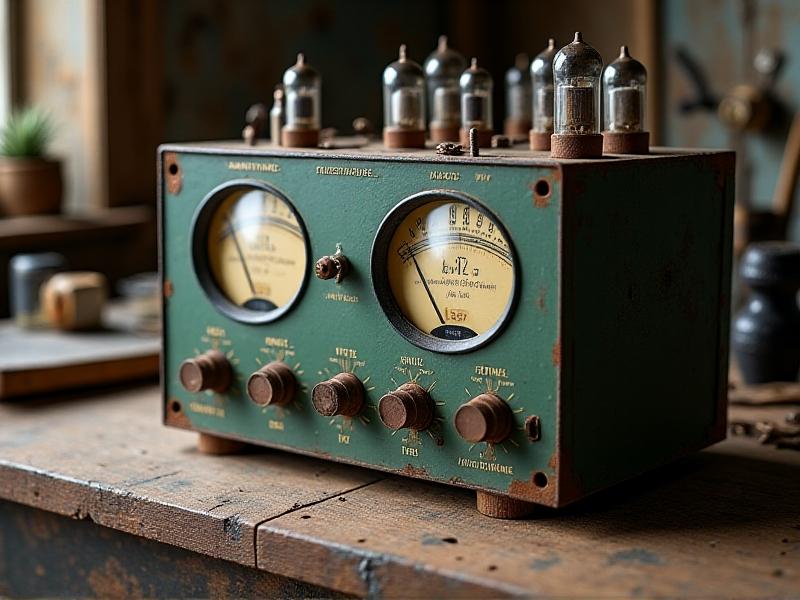
The Historical Significance of Tube Testers
Originally developed in the early 20th century, tube testers were indispensable for diagnosing faulty vacuum tubes in electronics. By the 1950s, they became ubiquitous in repair shops and households, ensuring devices like radios and televisions functioned optimally. Their designs often reflected mid-century industrial aesthetics: chrome accents, bakelite knobs, and eye-catching gauges. However, the transistor revolution of the 1960s rendered vacuum tubes obsolete—and with them, tube testers faded into obscurity. Today, surviving models are prized for their historical value and mechanical simplicity, offering a tactile experience absent in modern diagnostics.
Modern Adaptations: Merging Analog and Digital
Contemporary innovators are retrofitting vintage tube testers with microcontrollers, OLED displays, and Bluetooth connectivity. Projects like the TubeMaster Pro integrate Arduino-based circuits into original testers, enabling precise bias current measurements and real-time data logging. Open-source software platforms now allow users to analyze tube performance on laptops or smartphones, bridging the gap between analog hardware and digital analysis. These hybrid systems preserve the tactile satisfaction of manual calibration while adding modern accuracy—a marriage of old-school charm and 21st-century precision.
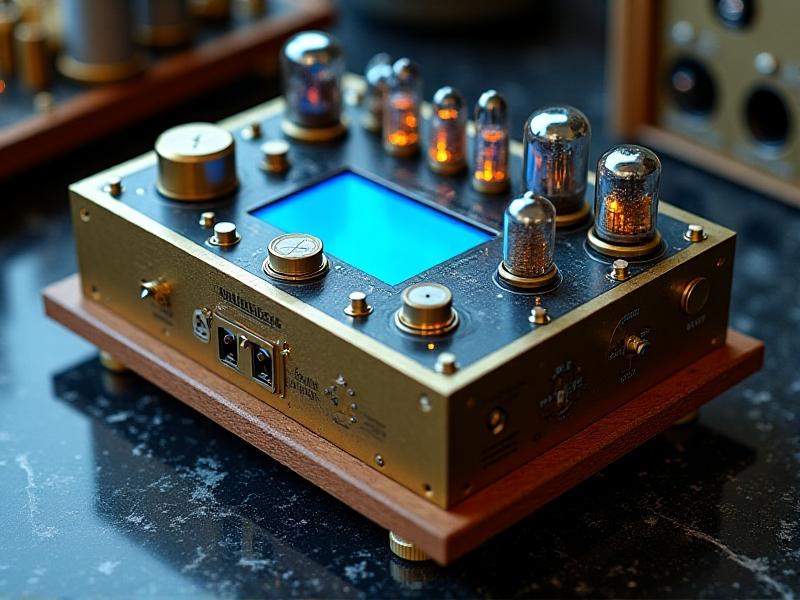
Aesthetic and Functional Redesigns
Designers are reenvisioning tube testers for modern workspaces. Minimalist versions feature walnut enclosures, brushed aluminum finishes, and USB-C ports. Brands like RetroLabs offer compact testers with LED-illuminated gauges and wireless charging docks. Meanwhile, boutique audio companies are embedding tube testers into guitar amp heads, allowing musicians to check tubes before performances. These redesigns honor vintage aesthetics while prioritizing portability and compatibility with today’s tech ecosystem.
The New User Base: From Hobbyists to Pros
While tube enthusiasts remain a niche group, modern adaptations have broadened the tool’s appeal. Audiophiles use upgraded testers to fine-tune high-end tube amplifiers, while vinyl DJs carry pocket-sized testers to troubleshoot equipment on tour. Even semiconductor engineers study vacuum tube behavior for insights into analog signal processing. Online communities share modding tutorials, transforming eBay-rescued testers into IoT-enabled devices. What was once a technician’s tool now thrives at the intersection of maker culture and high fidelity.
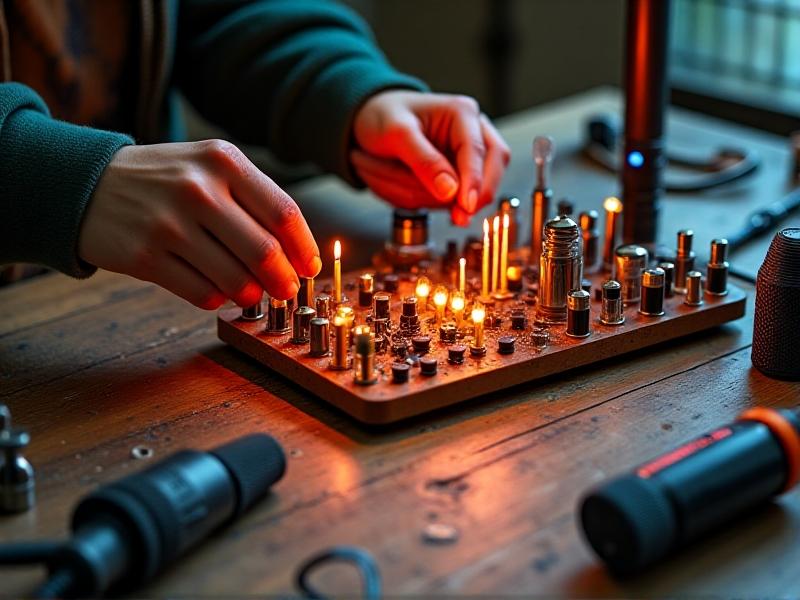
Sustainability and the Future of Tube Technology
As sustainability gains urgency, tube testers play an unexpected role. By extending the lifespan of vacuum tubes—still used in aerospace and medical devices—modern testers reduce electronic waste. Researchers are even exploring graphene-based tubes for next-gen computing, potentially reviving demand for testing tools. The cycle of obsolescence and reinvention continues, proving that even antiquated tech can find new purpose in a world seeking both innovation and preservation.
Conclusion: A Testament to Timeless Engineering
Vintage tube testers, once destined for scrap heaps, now symbolize resilience in the face of technological upheaval. Their modern adaptations are more than nostalgia trips—they’re proof that thoughtful design can transcend eras. As we forge ahead into an uncertain digital future, these analog survivors remind us that sometimes, the best way forward is to stay plugged into the past.
